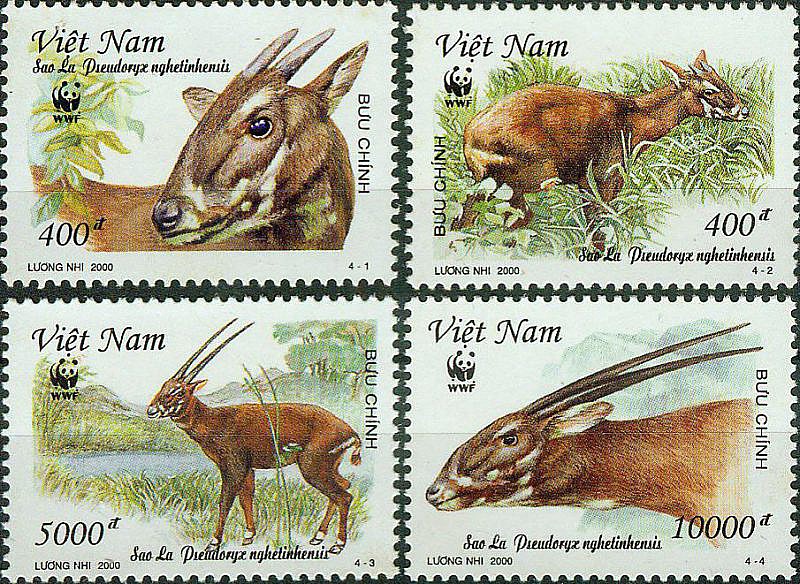The Saola and the Pygmy Tapir
Even large new mammalian taxa can still be discovered.
In 1992 a new extant species of the bovids, the forest-dwelling Saola Pseudoryx nghetinhensis (Cetartiodactyla) was found in the mountainous jungle which separates Vietnam from Laos, Asia (DUNG et al. 1993). It was the first large mammal discovery since 50 years (compare the drawing above).
The Saola is not only one of the world’s rarest large mammals but lives in hidden places and hence little is known about its biology to date. It possesses a chocolate brown coat with white patches in the face, throat and sides of the neck. Moreover, it carries a black dorsal stripe and a pair of almost straight and parallel horns present in both sexes. It has a withers height of 80 to 90 cm and is closely related to cattle like Bos and Bison (HASSANIN & DOUZERY 1999).
Further reading > Unicorn is real! but not for long – The Saola
Recently a new tapir, the smallest of all known living species, the pygmy tapir Tapirus kabomani was described from the Amazon rain forest of South America (COZZUOL et al. 2013). It is the first new Perissodactyla in more than 100 years. Currently, the discussion of the taxonomic independence of the new tapir species is controversially discussed.
DUNG, V.V., GIAO, P.M., CHINH, N.N., TUOC, D., ARCTANDER, P. and MACKINNON, J. (1993): A new species of living bovid from Vietnam. – Nature 363: 443–445.
HASSANIN, A. & DOUZERY, E.J.P. (1999): Evolutionary affinities of the enigmatic saola (Pseudorys nghetinhensis) in the context of the molicular phylogeny of Bovidae. – Proceedings of the Royal Society of London B 266: 893-900.


